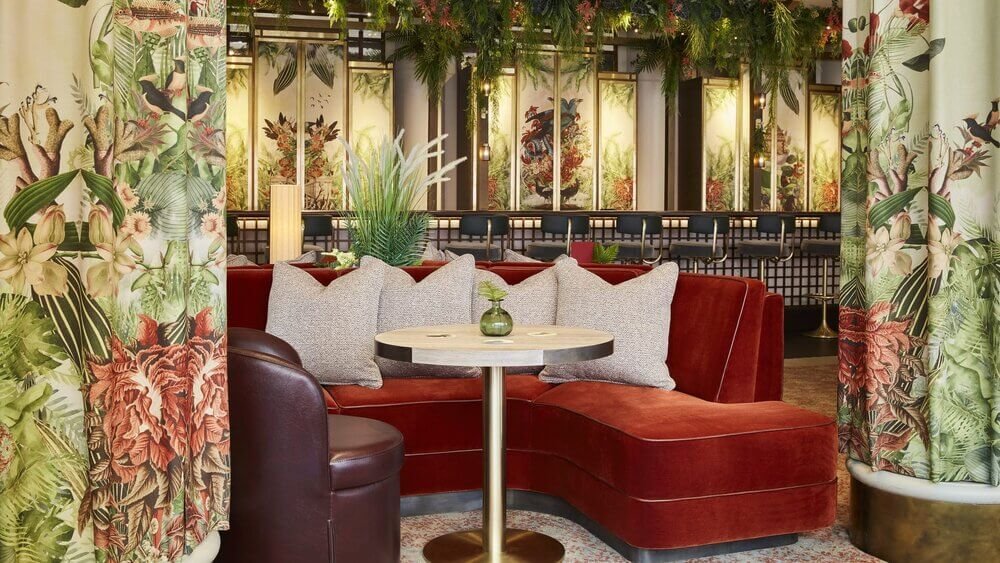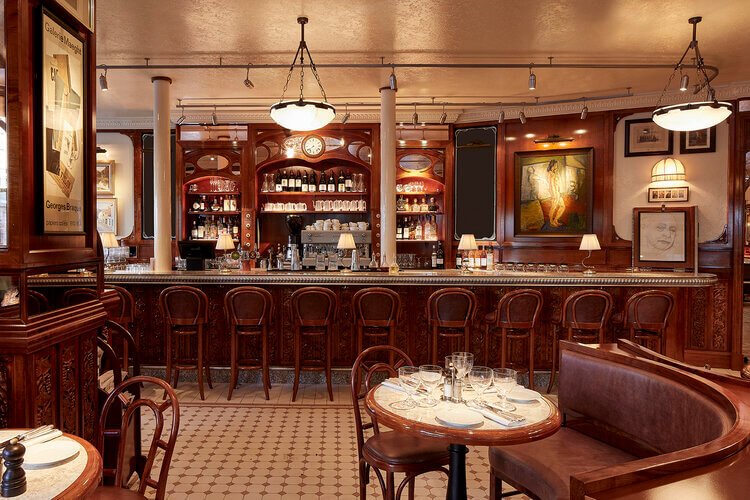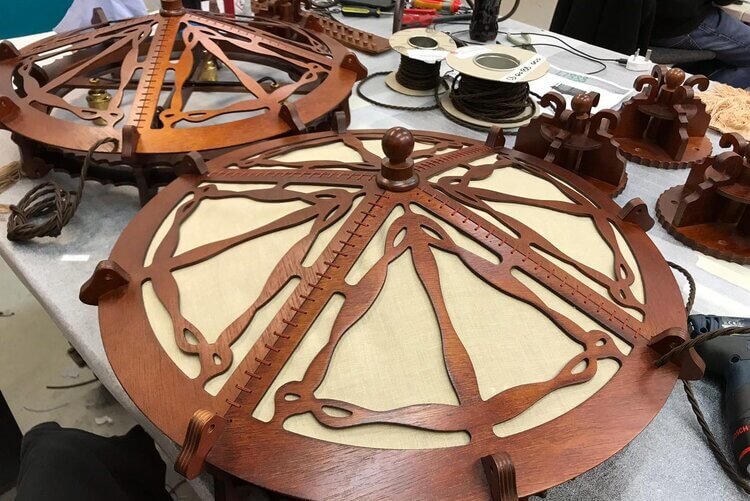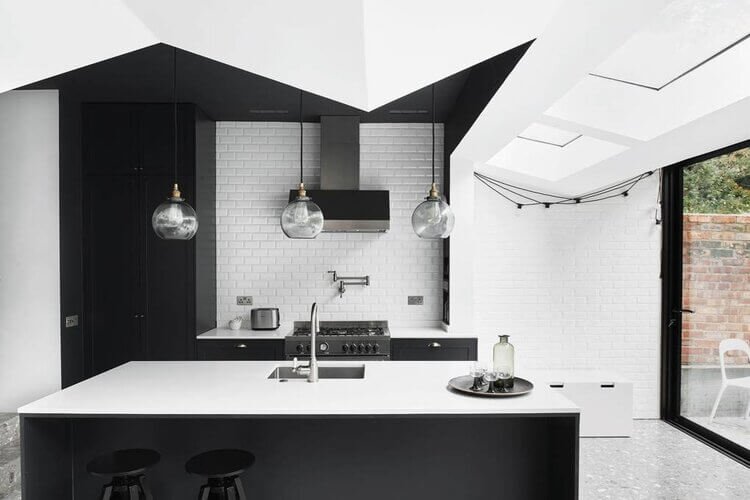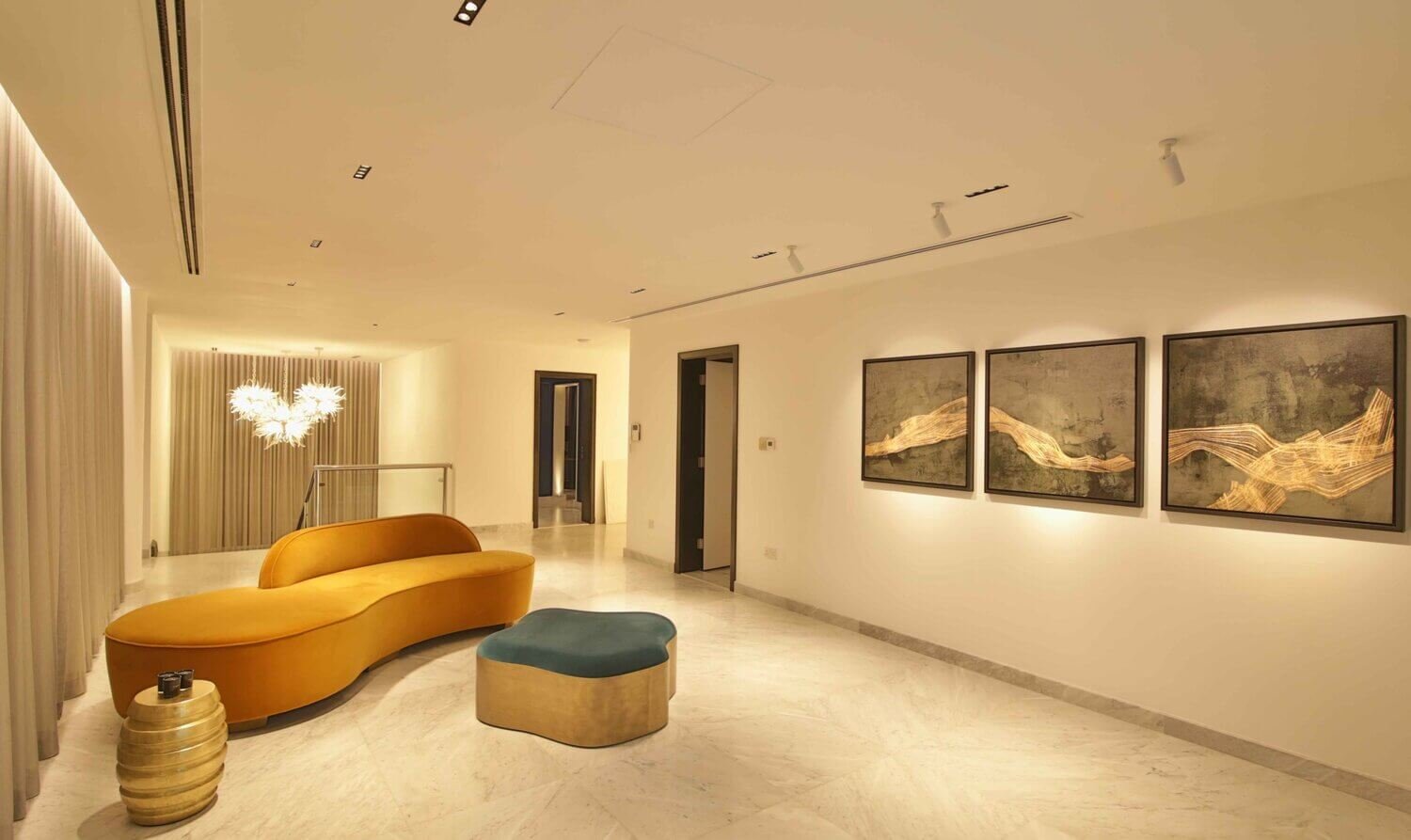Contemporary & Historic Lighting Design Exposé
Rockwell Bar Trafalgar Square, London - The Lighting Corporation / Brady William
At WOOLF Interior Design & Interior Architecture we take a multi-sensory approach to design, which is carefully considered in every detail; creating intriguing and integrated spaces with a timeless character. Lighting design is a fundamental area of expertise required for the design process. At WOOLF Interior Design & Interior Architecture we sculpt each interior using lighting to form a seamless flow within a home or hotel. We compose richly layered, luxurious interiors, individually and beautifully tailored to create complex and practical spaces.
As Interior Designers in Bath and London, we consider lighting schemes which can adapt to both Historic Listed and Contemporary spaces. Having worked in both the Residential and Hospitality Interior Design Sector, we have accumulated a number of key techniques which have evolved from our experience over many years. We light spaces for function, mood and to enhance ergonomics. In a Residential or Hotel setting, we look at the lighting layers required for each space, these generally fall into four types of lighting: Ambient, Task, Accent and Decorative.
Over the years we have worked with many lighting consultants and lighting specialists which have taught us valuable lighting skills both for design and technicality. Interior spaces can be transformed with well-considered lighting; we often work with multiple layers of lighting in any given space. In bathrooms for example we look at 1) wall lighting, which is ideally person facing, this light needs to be a warm white which is more forgiving on the face 2) an overhead source of light to evenly highlight areas which works as task lighting and 3) a night light on a separate circuit, this is normally located in a low position such as under the sink counter. We do also occasionally put in a fourth light which is an illuminated face / shaving mirror, or a double pendant light which will warm the room up (but it must be IP rated).
Rockwell Bar Trafalgar Square, London - The Lighting Corporation / Brady William ( Night )
Candle sconces - Cox London’s ‘Hanbury’ lights (wired for electric candle lights with the advantage of no dripping wax)
Lighting Historic Interiors
British Victorian, Edwardian & Georgian houses were traditionally designed to be incredibly compartmentalised. During the last few decades in the UK we have been influenced by the notion of having large, light, open-plan spaces with little compartmentalisation, except for in bedrooms and bathrooms. Lighting an Historic Interior requires a number of well considered lighting techniques as many Historic buildings were not originally designed for electric light. It is often a delicate balance of including modern lighting layers but not bombarding the space with modern fittings.
The lighting scheme at The Rockwell Bar, Trafalgar Square was designed by The Light Corporation and is located at The Trafalgar St. James Hotel. The Rockwell Bar & Restaurant features some great lighting techniques in an Historic setting. Paying homage to the Georgian era there are exotic plants, eclectic murals and vivid artworks. Natural light floods through the bar during the day, and by night the lighting created by their sunbeam mini fittings, really plays with the planting and trees, creating shadows using their dot spotlights, that enhance the immersive experience the bar gives to its guests.
Rockwell Bar Trafalgar Square, London - The Lighting Corporation / Brady William ( Day )
Rockwell Bar Trafalgar Square, London - The Lighting Corporation / Brady William ( Night )
A pergola was built with internal planting, a fantastic structure that filters accent light creating shadows and texture. The bar itself is integrated with LED tape to illuminate all bottles on the bar and the bar front, making it a striking focal point. They modified the existing original pendants by adding fringing which were dip dyed by their team in-house. Using a different material for these pendants allowed the lighting to transition from day to night creating a unique element of design taking center stage above the tables.
Smack, London - The Lighting Corporation / Andy Harwood, Design LSM
Smack, London - The Lighting Corporation / Andy Harwood, Design LSM
Lighting Contemporary Interiors
Smack, London has a great contemporary layered lighting scheme designed by The Lighting Corporation. The key design feature was the use of projectors to display images of mermaids swimming beneath the sea. The lighting had to be very atmospheric and they came up with the idea of making the floor float by using one of their many brilliant lighting techniques! In-ground linear LED up-lighting and wall washing, simultaneously creating atmosphere and drama. Tables were picked up with 10 degree spots so that no stray light detracted from the projected images. Upstairs they used lots of copper and created pendants from copper funnels which throw a lovely warm pattern on each table.
Soutine St John's Wood, London - Image credit to Corbin & King
Soutine Dining Room - Image credit to Corbin & King
The Lighting Corporation also designed the lighting scheme at Soutine, St. John’s Wood. Taking inspiration from the great boulevard cafés of Paris, and the artistic history and heritage of St John’s Wood, Soutine is an informal neighborhood rendezvous from restaurateurs, Corbin & King. The space evokes the Arts and Crafts Movement, whilst taking visual cues from Edwardian architecture which is prominent in the bespoke wooden chandeliers and glass wall lights they designed and manufactured.
The key design feature within the formal dining room is the ornate stained-glass skylight which sheds a natural glow over the rich maple timber furnishing. This artificial skylight was designed by them and uses LED light sheets, which were mounted on top of layers of diffuses to soften the light. Tuneable LEDs were used so that they could programme the lighting from a cool white colour temperature, to a very warm colour for the evening scene, before switching the lighting off for the late evening to achieving a true skylight effect.
Soutine St John's Wood, London - Bespoke lighting - Credit to The Lighting Corporation
Soutine St John's Wood, London - Image credit to Corbin & King
The roof design in this kitchen by Bureau de Change Architects dramatically zigs and zags away from the house; the planes that were created were set with five wide skylights. It allows light into the space and permits the desired view. An inset strip of light follows the shape of the zig zag roof. Great juxtaposition of natural and LED lighting.
Kitchen roof design - Bureau de Change Architects
Kitchen roof design - Bureau de Change Architects
Another urban solution is to use track or surface spots. This can be a successful solution whether in black or white. In the past, moving a spotlight along a track was complicated and mostly avoided unless in retail situations. John Cullen introduces a magnetic track which is now much more flexible and provides an effective, simple solution. Individual spotlights can be adjusted to provide even direction of light to where it is needed. Track lights are ideal in a studio or again in a games room for a more urban feel. The new vorsa 50 fixture is the perfect solution for high barn conversions too, as the very narrow beam (6 degrees) means that with ceilings over 6 metres a very narrow spot effect of under 1 metre can still be achieved.
John Cullen - A Gallery Style Lighting Design




